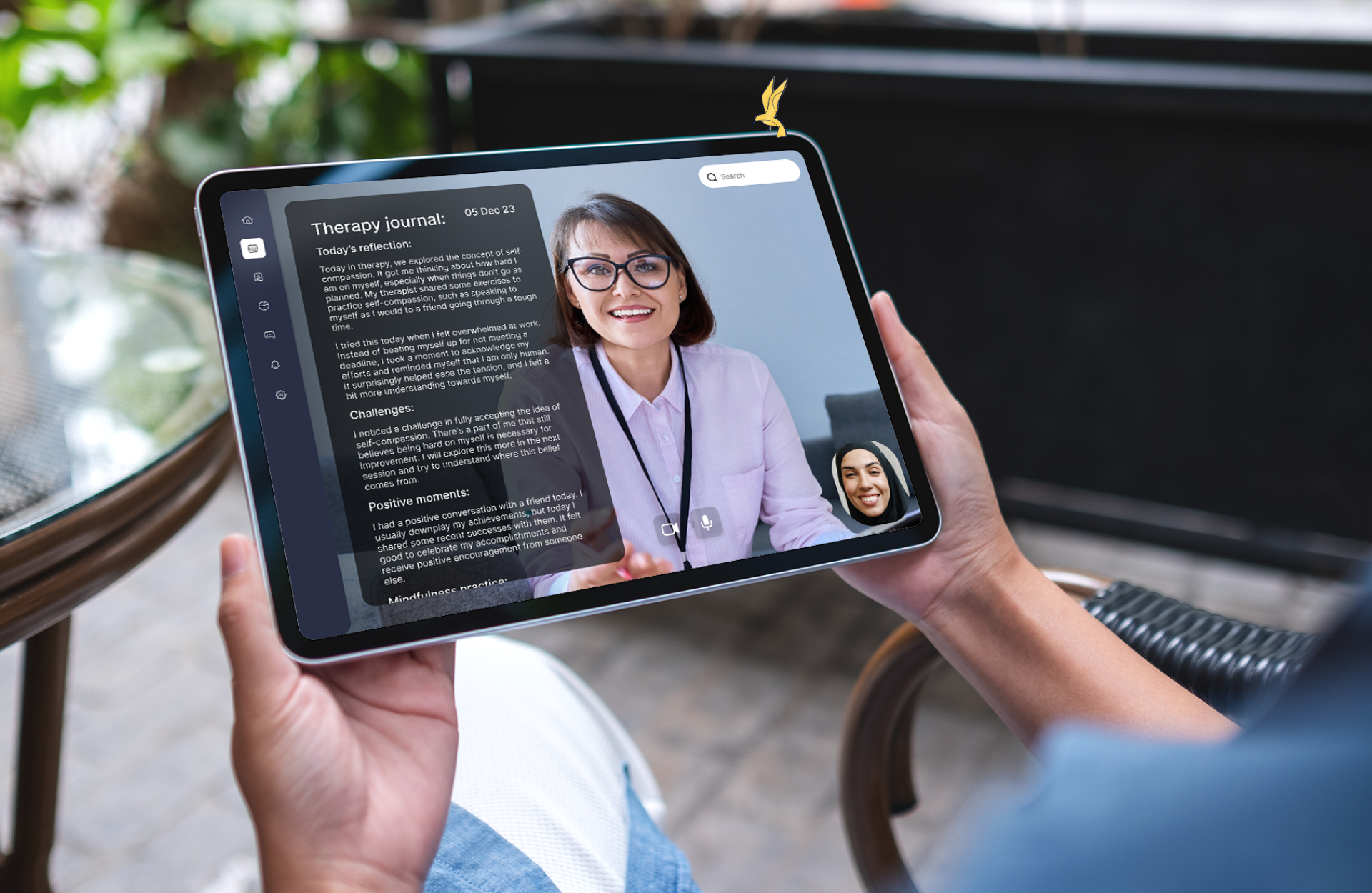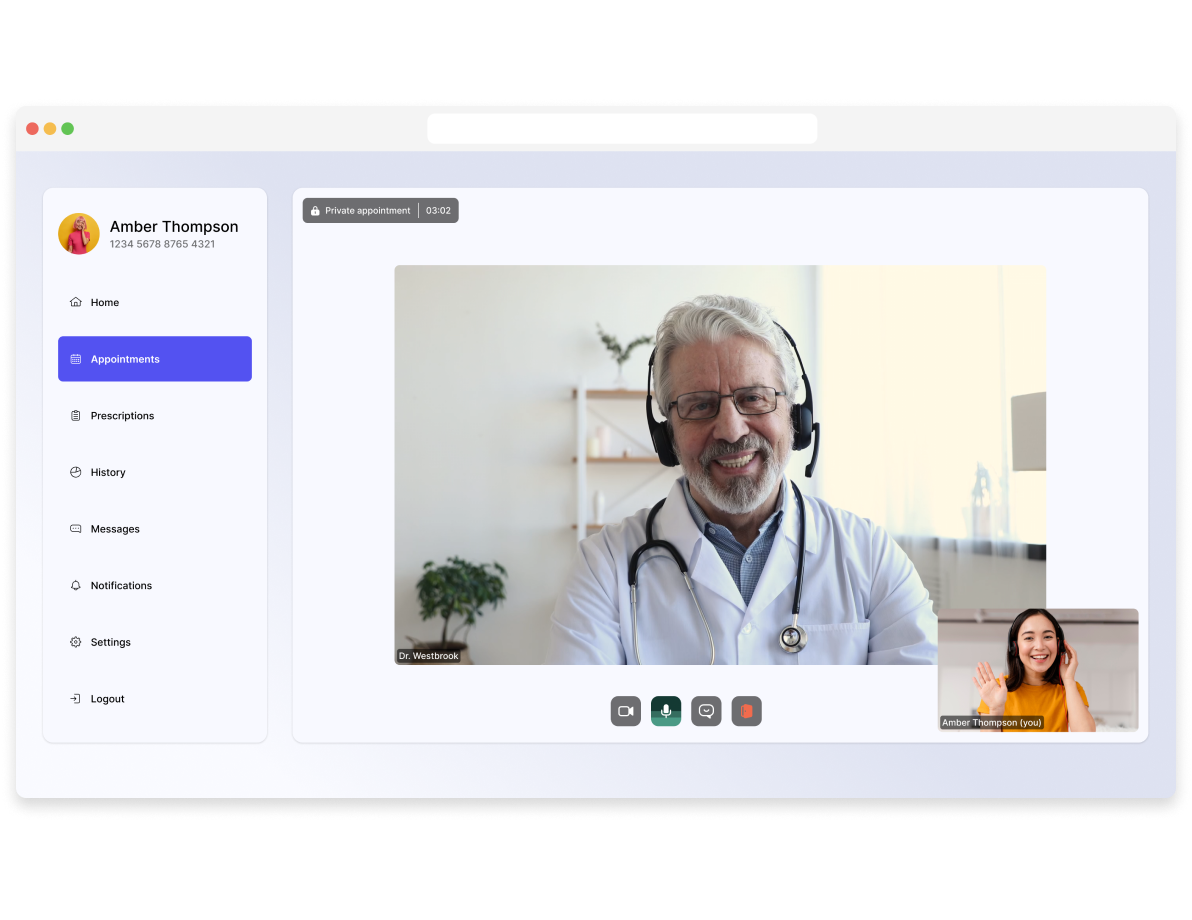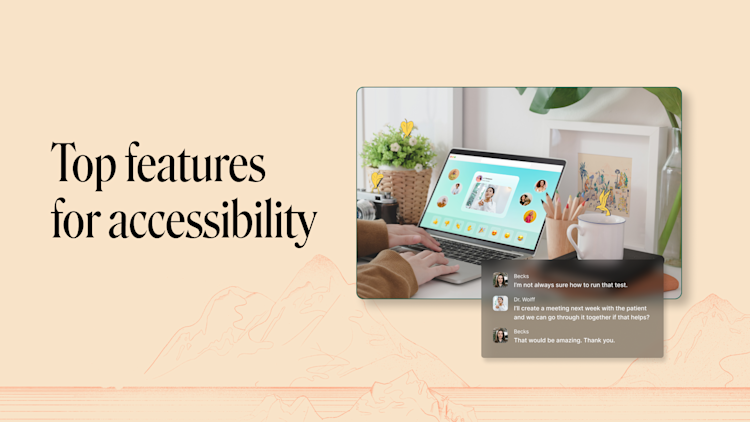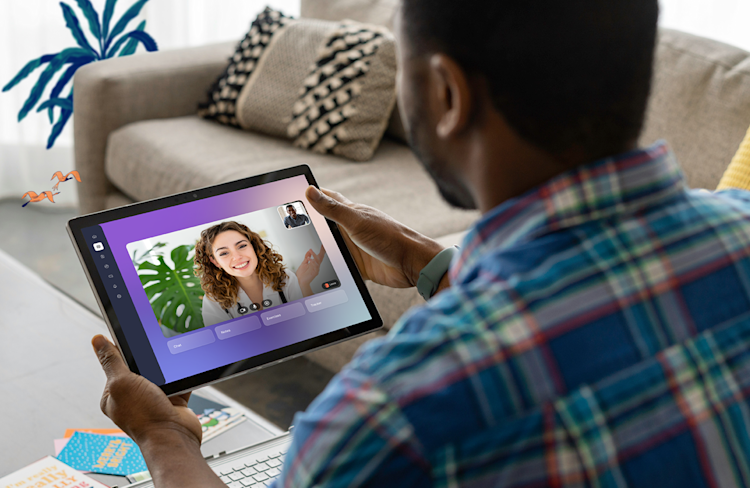8 Ways Telehealth is Breaking Barriers to Accessing Mental Healthcare
Mental health has long been burdened by stigma. See how telehealth is reshaping mental healthcare and breaking through barriers that once hindered access.

Mental health has long been burdened by stigma. Despite greater awareness, seeking therapy still carries cultural, emotional, and social weight for many. Too often, people suffer in silence, afraid of judgment, misunderstood by loved ones, or simply unaware of accessible options.
But that narrative is shifting as telehealth is leading the charge.
By meeting people where they are, telehealth is making mental healthcare something more private and approachable. It’s becoming a normalized, essential part of well-being.
Read about some of the ways telehealth is reshaping mental health and breaking through barriers that once hindered access.
1. Creating safe, judgment-free spaces
For many, the scariest part of seeking help is being seen in a therapist’s office, confronting their vulnerability in an unfamiliar setting, or interacting with others in a waiting room.
Telehealth eliminates that feeling of exposure. A study published in JAMA Network Open found that telehealth can reduce stigma associated with receiving mental health care by providing an additional level of privacy when treatment occurs online.
Virtual care in private meeting rooms allows people to be vulnerable without fear of being seen or judged. Patients can now speak with licensed mental health professionals from the comfort and safety of their own environments.

This privacy often leads to deeper honesty, greater trust, and stronger engagement, especially for those dealing with anxiety, trauma, or depression.
2. Normalizing mental health as part of daily life
Telehealth is moving therapy from something “extra” or “emergency-based” to something routine and integrated. By 2023, 89% of psychologists had integrated telehealth, with 67% of them working in a hybrid practice. This has made booking a session as easy as attending a work meeting or joining a fitness class online.
This shift is key in reducing stigma. When therapy is no longer tied to crisis but to self-care, it loses the weight of shame.
And with telehealth platforms offering flexible scheduling and asynchronous options (like journaling or check-in forms), people can maintain mental health check-ins as easily as tracking steps or sleep.
3. Reaching first-time and hesitant users
Telehealth offers a softer entry point for those who’ve never considered therapy or who feel intimidated by traditional models. Without the need to travel, arrange childcare, or take significant time off, telehealth lowers the emotional and logistical barrier to starting therapy.
This is especially helpful for people with social anxiety, PTSD, or long-standing skepticism of therapy. They can explore mental health support on their own terms, at their own pace.
Telehealth platforms, especially those that integrate trusted video solutions, make a big difference by creating a secure, healthcare-focused environment where users can feel more comfortable and build trust in the process.
4. Connecting with the right therapist, not just the closest one
Geography has always been a limiting factor in mental health, forcing many to settle for “who’s available” rather than “who’s right for me.” Telehealth changes that.
Patients can now find therapists who match their values, culture, language, or lived experience, even if they live hundreds of miles away.
A study from the Journal of Global Health showed that telehealth is particularly beneficial for communities of color and people in rural areas who face additional barriers like having specialists nearby.
For people in marginalized communities, this access to culturally relevant care can be transformative. This is because a stronger therapist-patient match leads to better mental health outcomes.
5. Supporting ongoing, consistent mental health care
Mental health needs are dynamic, which means they frequently change from week to week, day to day. Telehealth allows for frequent, low-barrier check-ins, which support ongoing care, not just crisis response.
From integrated digital therapeutics to AI-driven transcriptions, healthcare providers can also help assess and monitor patient progress, adapting where necessary. With telehealth, mental healthcare becomes less reactive and more proactive.

Instead of waiting weeks for the next session, patients can quickly access support when new stressors arise. Some platforms also offer in-between tools like mood tracking, guided activities, or journaling that enhance continuity.
6. Reducing the “clinical” feel of therapy
Traditional therapy offices can feel quite clinical or institutional, a barrier for people who already feel emotionally fragile. Telehealth lets people engage from places where they feel emotionally anchored and physically safe, whether that’s their bedroom, a quiet outdoor space, or in their car.
That environmental comfort often translates into emotional openness, making therapy more effective from the start. Healthcare providers should integrate video consultations with reliable video call APIs so they can connect with patients in these secure and user-friendly spaces.
When people feel physically safe, they’re more likely to share honestly and fully work towards getting better.
7. Making mental health affordable and scalable
Cost remains a major hurdle in mental health. But telehealth opens the door to more flexible care models. This could be group sessions, tiered pricing, or subscription-based therapy platforms that reduce the financial burden on patients.
This scalability also helps employers, universities, and healthcare systems offer wider mental health support with lower overhead, expanding access across demographics.
8. Speaking the language of digital-native generations
Gen Z and Millennials are digital natives. They're used to connecting, learning, and even healing through screens. Telehealth meets them where they already are - online. It also reframes therapy as just another kind of conversation or app interaction.
The J.D. Power 2023 U.S. Telehealth Satisfaction Study found that younger patients drive the highest overall satisfaction scores with telehealth services, indicating a generational shift towards digital health solutions.
For younger generations, therapy via video integrations like Whereby feels natural. So it’s less of a medical event and more of a mental wellness check-in.
This cultural switch reduces resistance, builds buy-in, and positions mental healthcare as normal.
Wrapping Up
By offering privacy, flexibility, and emotional safety, telehealth is expanding access and quietly reshaping how we define mental health care. It helps dismantle stigma not through loud campaigns, but through a quiet call, making patients show up more.
At Whereby, we’re proud to support this movement with secure, user-friendly video solutions tailored for healthcare. Our tools are designed to remove friction, build trust, and help providers deliver care that’s not just effective, but human. See how we’re doing this for telehealth here.


